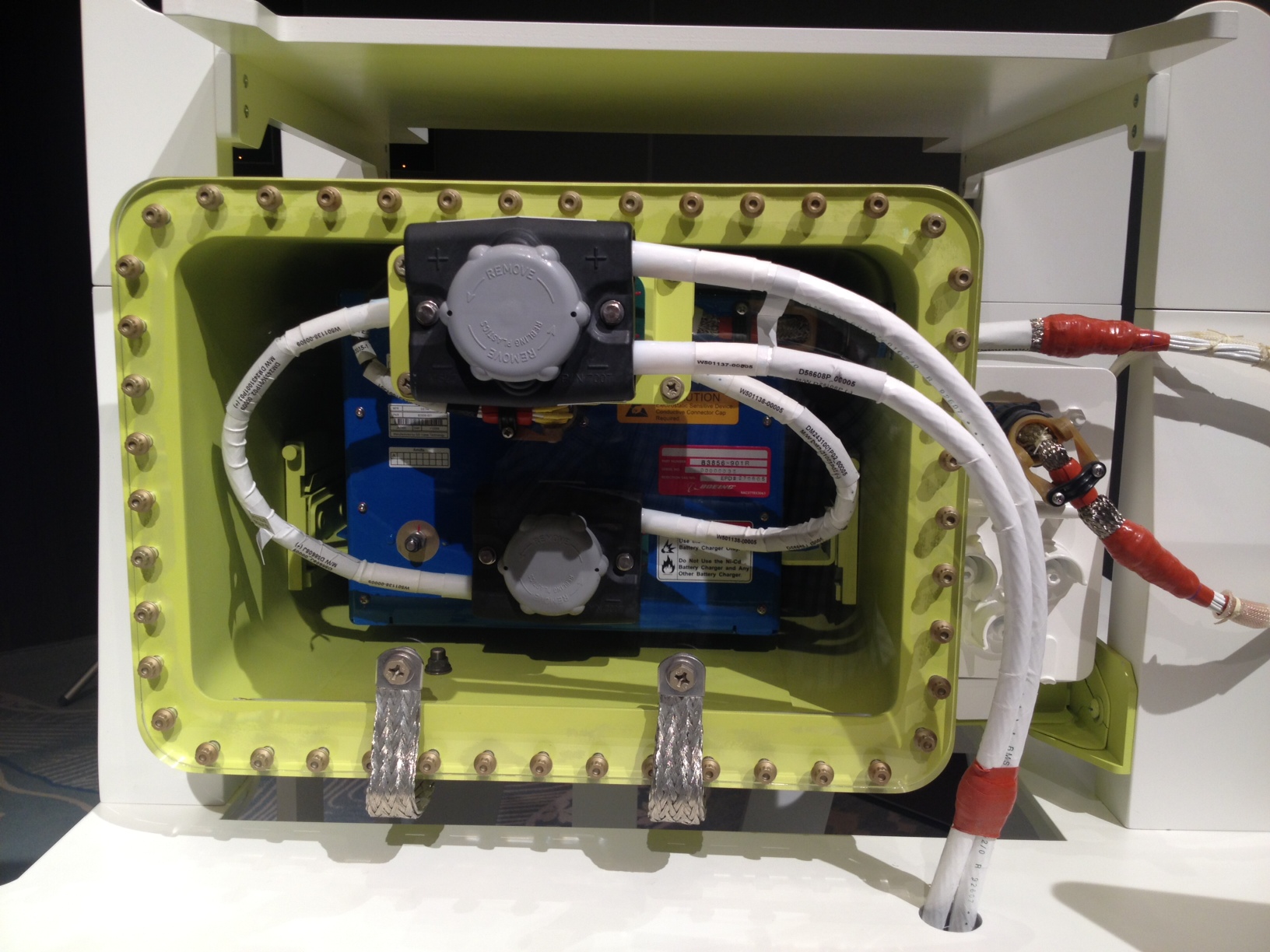Before it even took to the sky, Boeing’s 787 Dreamliner had a challenging enough time cutting through the often wilful tabloid misinformation about “plastic planes”.
And whilst it’s probably fair to say that the gleeful reports greeting the launch of this revolutionary aircraft - the first passenger jet to use composites as its primary structural material - represented something of a PR victory for Boeing, the honeymoon didn’t last for long.
Unfortunately, the problems that have dogged the aircraft since it entered service - which most recently saw an Ethiopian airlines Dreamliner catch fire whilst parked at Heathrow - mean that it still has some way to go before it inspires the confidence enjoyed by the aircraft it was supposed to replace.
Last week’s incident - which occurred on a stationary aircraft with no passengers on board - immediately brought to mind recent problems with the aircraft’s lithium-ion batteries, which caused the entire fleet to be grounded earlier this year. The planes were eventually allowed to fly again in April, after the batteries were redesigned and encased in a ventilated steel box that would prevent them from overheating.

At the time of writing, the jury is still out on the likely cause of last week’s fire, and reports suggest that it could be as much as two weeks before the British Air Accident Investigations Branch (AAIB) is able to draw any conclusions.
However, industry analysts appear to have ruled out a repeat of the battery problems that grounded the beleaguered jet earlier this year. And the AAIB has confirmed it’s looking at a number of components, including an emergency locator transmitter which sends out a distress signal if the plane has difficulties.
If the emergency transmitter - an off-the-shelf device that’s been flying since 2005 - is the culprit, Boeing can breath a big sigh of relief, and the incident will probably not cause lasting damage to the Dreamliner’s reputation.
However, the gaze on the aircraft is unremitting, and should the latest problem prove to be something more significant - or other Dreamliners experience problems - the consequences for Boeing and the civil aerospace sector in general could be grave.
Public confidence is a fragile and fickle thing – hard to establish in the first place and near impossible to rebuild when it’s shattered. Here’s hoping that Boeing’s Dreamliner nightmare will soon be over.





Glasgow trial explores AR cues for autonomous road safety
They've ploughed into a few vulnerable road users in the past. Making that less likely will make it spectacularly easy to stop the traffic for...